Do you know about your kitten’s development?
Unlike humans, who are omnivores, our feline pets are carnivores. Their jaws are designed for cutting, not for chewing. Their food is digested by the powerful acid in their stomachs rather than being pre-digested by the saliva in their mouths. An established routine with foods suited to their nutritional needs helps ensure a balanced diet and guards against overweight. What your cat truly needs is a tailor-made diet. Cat food needs to take into account their characteristics, such as age, lifestyle (outdoor or indoor cat), breed, and hormonal status.
Royal Canin, the health nutrition specialist, knows your worries when it comes to your cat’s diet. Knowledge, awareness of the specificities of each cat and their real nutritional requirements are at the core of our work.
Help your kitten grow into a magnificent cat
There is a lot you need to know about a kitten’s development stages. Each of the stages have its own importance. Therefore, your kitten must be looked after with extreme care since the early stages.
Nerve development stages in your kitten
Kittens develop their reflexes while they play. And it’s not the only thing they’re developing. Their teeth, their bone structure and their digestive systems are all changing fast. But with ROYAL CANIN® KITTEN’s precisely balanced nutrition, you can help your kitten transform into a truly magnificent animal.
Motor and neurological development
Since both develop parallelly, each new successful achievement by the kitten, corresponds to a new mental faculty. For example, if at the beginning of life, the baby kitten only moves around using the force of his front legs, as days go by the more strength he gains in his hind legs. Therefore, pushing from the rear becomes natural.
Visual acuity confirmed
Between the sixth and the twelfth day, the kitten's eyes gradually open, enabling him to use his visual stimulus to explore the surrounds. Likewise, between the tenth and the twelfth week, the kitten’s visual capacity increases in a spectacular manner that even a picture of another cat can make his coat bristle as if it were a real animal.
Apart from sight, other senses in the kitten develop gradually.
• Touch: Present as of birth, the touch sense replaces for the time being other senses yet to be developed, such as sight. This is the ideal time to stimulate the sense, before it’s too late, since it will help the kitten tolerate physical contact (stroking) when fully grown.
• Smell: The sense of smell too is present at birth and evolves as the weeks go by. It plays a fundamental role in aligning the reflexes, for example: suckling the mother. Smell also helps the mother cat communicate with her kitten in ways like: Post the birth, she will secrete pheromones (molecules with chemical odour markers having a long-distance effect). Pheromones are sensed by the kitten which enable him to locate his mother.
• Taste: Sense of taste is superficial at birth, although at minimal levels. They develop gradually until day 10 when the kitten essentially distinguishes the acid and bitter flavours, just like an adult cat.
• Hearing: The auditory canal opens between day 6 and day 14. The opening is complete as of day 17, and from then on, the kitten recognises the noises made by his brothers and sisters, mother and master. The kitten tends to adopt an intimidating posture in the case of an unusual sound.
The sense of orientation
As the kitten grows, his abilities become sharper. Where at birth, he was only able to use his sense of smell to guide him around, now he can find his litter through a true sense of orientation.
Come & check out the Cat Zone at Pet Fed Bengaluru 2018 at Manpho Grounds, Manyata Tech Park on 1st & 2nd December. Book your Pet Fed tickets now!


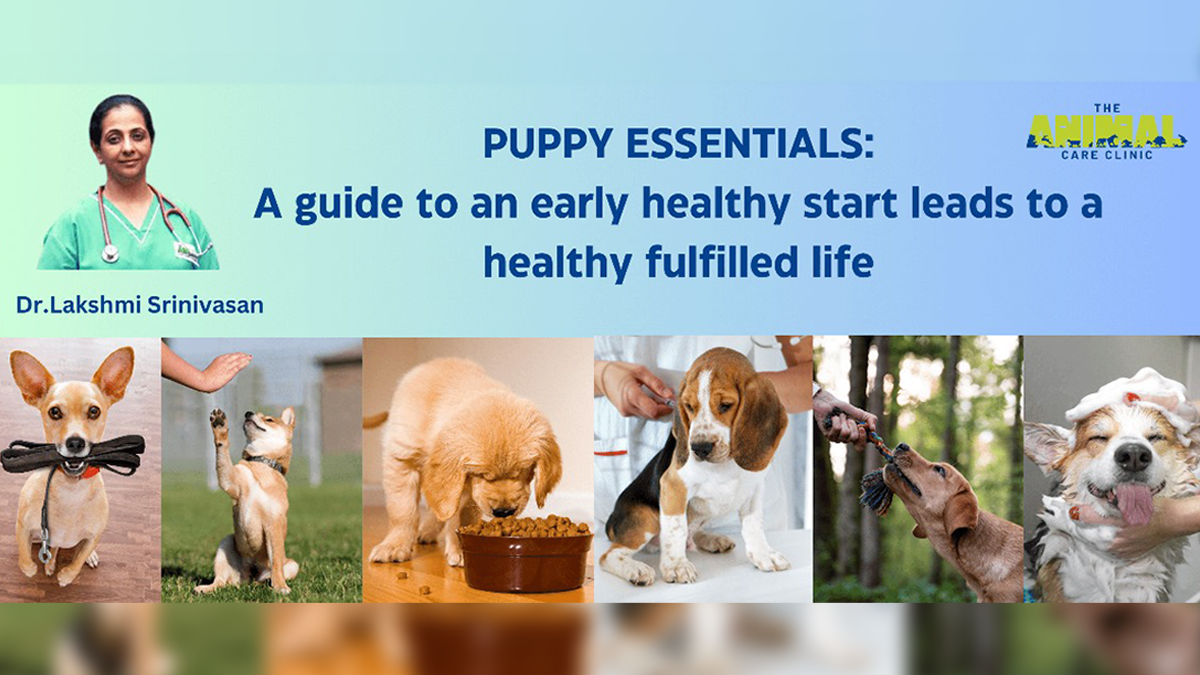
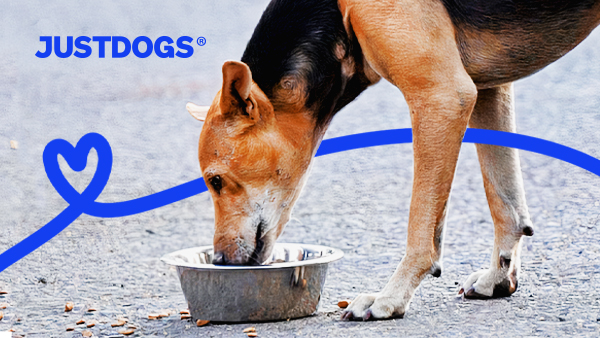


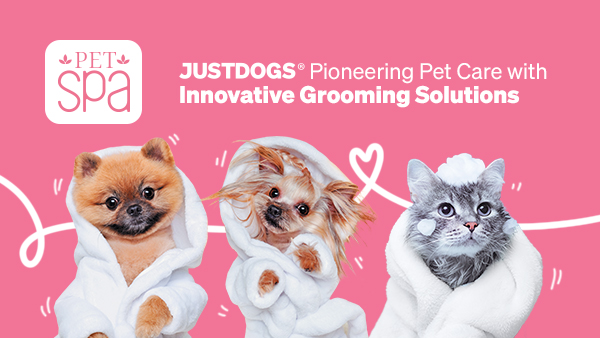


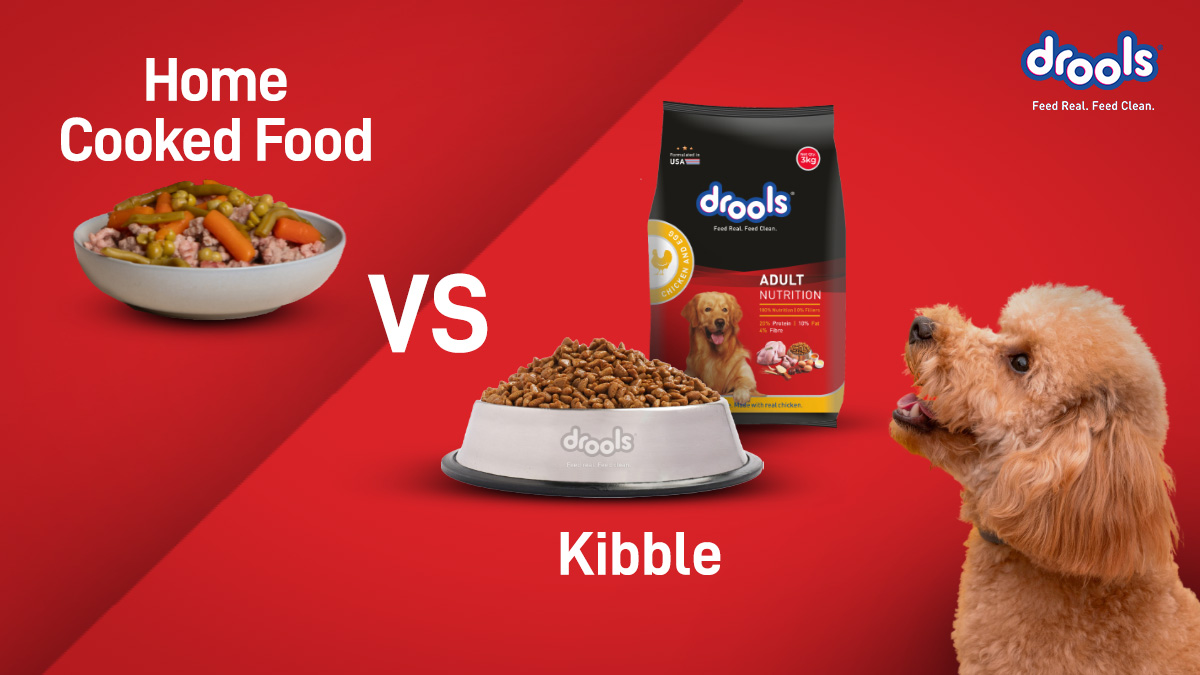

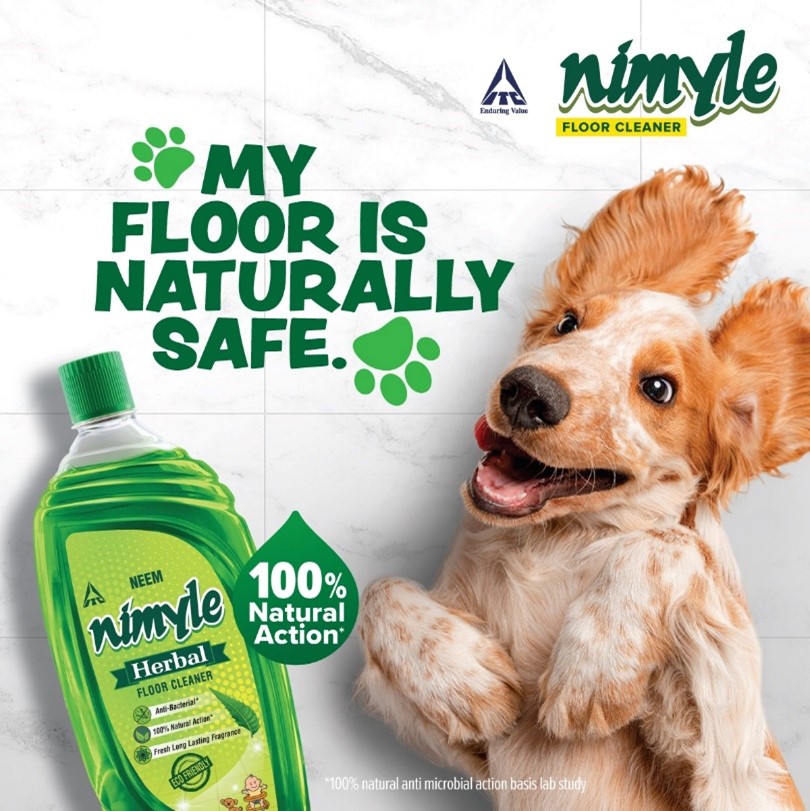
Post a comment